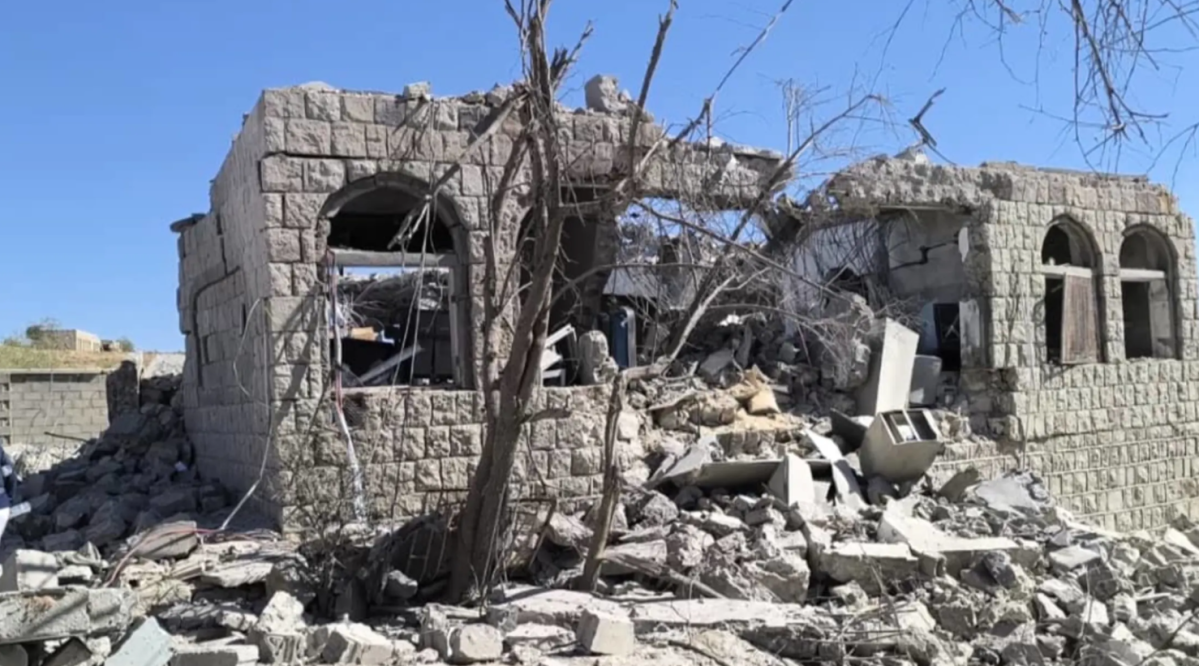
Humanitarian context
In Yemen, a fragile ceasefire has been in place since April 2022, allowing for some diplomatic negotiations between the warring parties. However, the humanitarian situation remains catastrophic after years of civil war. Over 23 million people, about two thirds of the population depend on humanitarian aid, especially children and women.
The armed conflict has destroyed infrastructure and caused acute malnutrition and communicable diseases, fuel shortages and poor medical care. Yemen faces critical challenges in accessing medical care and supplies.
BENEFICIARIES
workers
NUTRITION
FOOD SECURITY AND LIVELIHOODS
EXPATRIATES
NATIONAL
Our activity
In Yemen, Action Against Hunger worked to improve the health and nutritional status of vulnerable populations. To this end, it strengthened the quality and access to primary care and nutrition services in health centres and offered its mobile teams, including the provision of medicines, medical equipment and training. It also provided primary care services and promoted reproductive health and vaccination programmes, as well as the detection and treatment of moderate and severe acute malnutrition in children under five years of age, pregnant women and nursing mothers.
Action Against Hunger also rehabilitated health infrastructure and medical waste management facilities and supported the construction of community water sources to ensure access to clean water and sanitation in health centres and vulnerable communities. We also supported infant and young child care and feeding practices.
WHERE WE HELP
We help 24.5 million people each year. We work in 55 countries in Africa, Asia, Latin America and Europe, those most threatened by hunger.
EYEWITNESSES
AHLAM: "IT IS AS IF WE ARE TRAPPED IN AN ENDLESS CYCLE OF DESPAIR AND HELPLESSNESS"
Every day, Ahlam and her 15-year-old daughter get up at 5 a.m. and take a bus to the farm where they work. They receive 1,200 rials, about $1, for four hours of hard work in the sun, although their wages are often late. Ahlam is forced to leave her other children in the care of her 9-year-old daughter. Worries accompany her throughout the day: "I start to imagine the worst-case scenarios that could happen to them at home. They could go and turn on the gas and try to play with matches and get burnt, or they could open the door, leave the house and get lost."
Due to the constant rise in prices, families cannot afford to buy food, and often go into debt to be able to do so. All the money they earn goes to pay off debts from previous months and to pay rent. Ahlam's story shows this endless vicious circle of debt and uncertainty about the future.
Ahlam tells us that she cannot prepare three meals a day. In the morning, she bakes bread with flour provided by an organisation that helps internally displaced persons. The children eat it with tea. For lunch, she buys potatoes and okra, and can rarely afford to buy fish. "If I have money left, I buy spaghetti. I cook it for my little ones as a surprise. They love it! When I see the joy on their faces, it gives me energy to start a new day," Ahlam recounts. One day," Ahlam recalls with tears in her eyes, "I only had 500 rials, the equivalent of 50 cents. She was able to buy a small bag of rice to feed only the youngest children. "It was a very difficult decision to make. I told them I was sorry... and that tomorrow I would try to do better.
Ahlam's account illustrates the fear of not being able to cope with feeding her children, which causes anxiety attacks in parents. "It is as if we are trapped in an endless cycle of despair and helplessness. As for happiness, it only comes in small doses," Ahlam explains. Job instability and market volatility do not allow households to plan spending or build up reserves. IDPs live in houses without water and electricity, and pay unaffordable monthly rent.
Yemen remains the most serious humanitarian crisis in the world. This situation stems from an extremely violent armed conflict that escalated seven years ago, killing and injuring tens of thousands of civilians and causing immense suffering to the Yemeni people. Today, the country faces the difficult reality of having almost 4 million internally displaced people, and thousands of civilians have been killed or injured as a result of this conflict.



